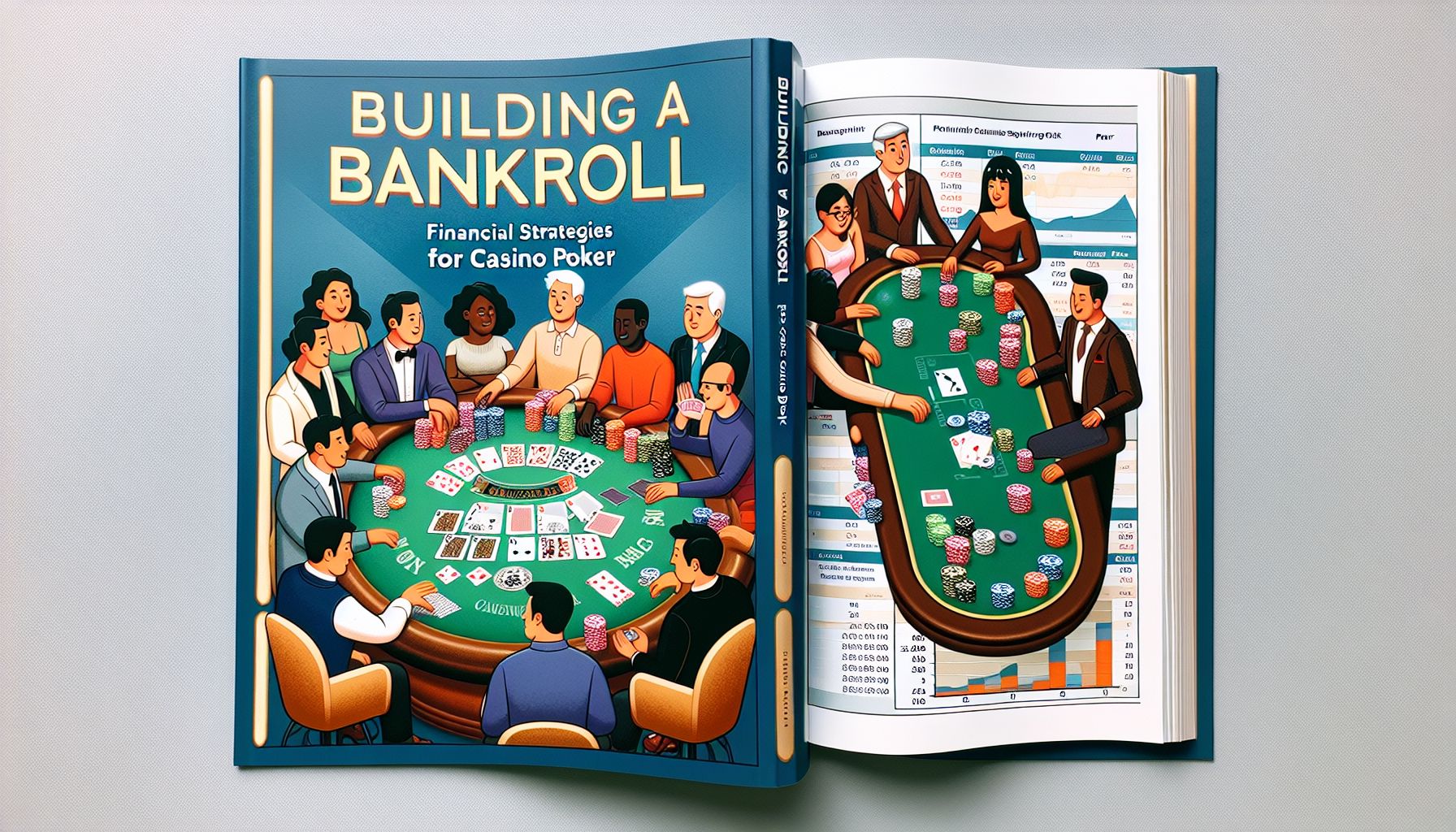One of the most vital elements to becoming a consistently winning poker player is the effective management of one’s bankroll. Due to the inherent volatility of poker, Financial Strategies for Casino Poker even the most skilled players can experience stretches of poor results. Life can be tough at the poker table if you approach the game without a solid bankroll strategy. This post will discuss some essential bankroll building and management strategies to maximize your longevity, success, and hopefully profits at the casino poker tables.
Why Bankroll Management Matters
Bankroll management is about playing within your limits to prevent going broke. It’s more than just deciding how much money you’re willing to put in the pot; it’s also about identifying the best stakes for your skill level and risks you’re willing to take. It’s not the amount you’re wagering that’s important, Financial Strategies for Casino Poker but rather how that amount relates to your overall bankroll.
In poker, the term “bankroll” represents the total amount of money that a player has set aside specifically for playing poker. Unlike other forms of gambling, poker is a beatable game given the right skills and strategies. Therefore, your poker bankroll is not just your gambling fund, it can be considered as an investment fund that could yield profits in the long run.
Although natural poker talent plays a role in whether you win or lose, there is no escaping the fact that luck is also a factor due to the randomness of the cards dealt. However, if you play well consistently over a large number of hands, the variance will even out, and your skill will be the primary factor affecting your bankroll. To reach that point, you need to prevent losing your bankroll during the unlucky stretches – thus the importance of bankroll management.
Strategies for Building a Poker Bankroll
Understand Your Goals
Before diving into the specifics of building a bankroll, you first need to clearly define your poker goals. Your short and long-term objectives will impact your bankroll management strategy. Are you playing poker as a full-time career, Financial Strategies for Casino Poker or is it a side activity for fun or a little extra income? The risk that you’re willing and able to take should align with your poker goals.
Calculate Your Comfortable Bankroll Requirement
There is a popular rule-of-thumb in poker called the 20-buyin rule that suggests you should have at least 20 full buy-ins for the stake level you want to play. In other words, if you’re wanting to play $1/$2 no-limit Texas Hold’em, where typical buy-ins are $200, you should ideally have a bankroll of $4000.
Note that this is a fundamental guideline; your comfortable bankroll may be higher or lower depending on your risk tolerance and financial situation.
Build Your Bankroll Slowly
Building a bankroll takes patience. Start playing at the lowest stakes to keep the risk of ruin to a minimum while honing your skills. As your bankroll and confidence grow, gradually move up to higher stakes. Remember that as the stakes get higher, so the skill level of your opponents. Make sure that you’re ready for the challenge.
Strategies for Managing a Poker Bankroll
Stick to Your Bankroll Limits
Once you’ve worked out your bankroll requirements, treat it as a hard limit, not as a guideline that can be bent whenever you wish. There is always the temptation to move up stakes when you’re winning or try to chase your losses when you’re on a losing streak, but remember that poker has a high degree of variance. Sticking to your bankroll limit will keep you in the game during the inevitable downswings.
Adjust Your Stakes
Reevaluate your stakes as per your bankroll. If your bankroll is growing, consider moving up stakes. However, if you’re on a losing streak and your bankroll is shrinking, it’s time to move down and rebuild. Remember, there’s no shame in dropping down stakes to protect your bankroll.
Separate Poker and Personal Finance
You should always keep your personal finance separate from your poker bankroll. The money you use for poker should be funds that you can afford to lose without affecting your standard of living.
Conclusion
It’s important to realize that no bankroll management strategy can make you a winning poker player. You still need to develop your poker skills, study the game, and gain experience. However, bankroll management can give you the opportunity to do so. Remember, the real objective in poker isn’t just to win pots and make money, it’s to make good decisions – bankroll management is one of them.
